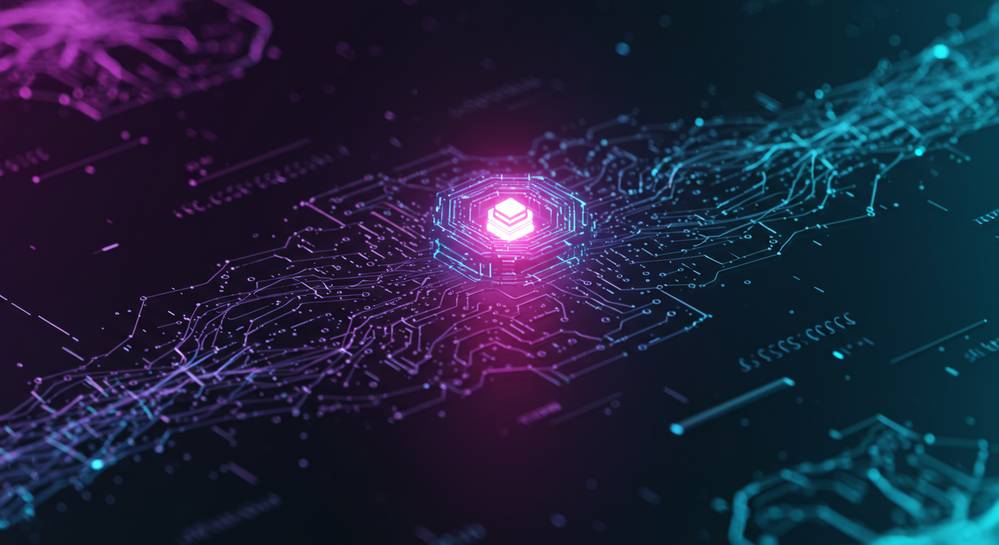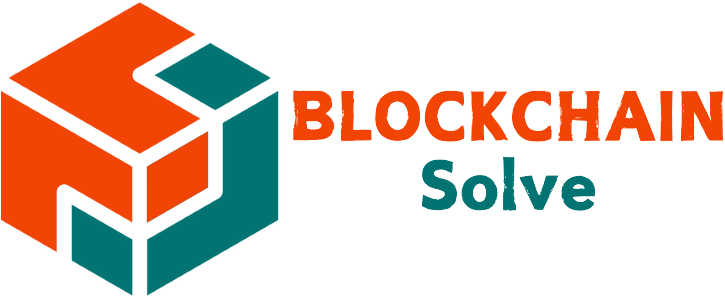Imagine a global, open alternative to the financial system you use every day, accessible to anyone with an internet connection. This is the core promise of what is decentralized finance (DeFi). Instead of relying on traditional intermediaries like banks or brokerages, DeFi uses smart contracts on a blockchain to create a transparent and permissionless financial world. It represents a fundamental shift in how we access and manage financial services.
The core concept of decentralized finance explained

Decentralized finance, or DeFi, is an emerging financial system built upon public blockchain networks. It aims to recreate traditional financial services, such as lending, borrowing, and trading, but without central authorities like banks or brokerages. Instead, DeFi relies on code and peer-to-peer connectivity. This structure fundamentally changes who can offer and access financial products, creating a more open and global alternative.
The system operates using smart contracts, which are self-executing programs that automate agreements between buyers and sellers. These contracts are the backbone of DeFi, enabling complex transactions without human intervention. For example, users can trade assets directly through a decentralized exchange, where rules are enforced by code, not a company. This automation significantly reduces costs and increases efficiency compared to traditional systems.
Ultimately, DeFi’s core value lies in its key characteristics: it is permissionless, transparent, and composable. Anyone can access it, all transactions are publicly verifiable, and its applications can be combined like building blocks to create new financial tools. This fosters innovation at a pace rarely seen in conventional finance.
How does decentralized finance actually work

Decentralized finance operates through a layered architecture built on a blockchain, powered by smart contracts. These are not legal documents but self-executing pieces of code that automate financial processes. Think of a smart contract as a digital vending machine: it follows pre-programmed rules to execute a transaction once certain conditions are met. This removes the need for human intermediaries like bankers or brokers, making the system more efficient and less prone to censorship.
The core components of the DeFi ecosystem
The DeFi ecosystem is made of interconnected applications and protocols, often called “money legos” because they can be combined to create new financial products. This composability drives rapid innovation. The foundational building blocks include:
- Lending and borrowing platforms that allow users to earn interest on their digital assets or take out loans by providing collateral.
- undefined which facilitate peer-to-peer trading directly from users wallets.
- Stablecoins, which are cryptocurrencies pegged to a stable asset like the U.S. dollar to minimize price volatility.
Key benefits of choosing decentralized finance

Decentralized finance presents several powerful advantages over traditional financial services. Its unique architecture fosters a more open, efficient, and user-centric financial landscape globally. By removing intermediaries, DeFi empowers individuals with greater control and access to financial tools. The core benefits are rooted in its permissionless and transparent nature.
- Accessibility: Anyone with an internet connection can access DeFi services without needing approval. This breaks down geographical and economic barriers, promoting true financial inclusion.
- Transparency: Every transaction is recorded on a public blockchain, making it verifiable by anyone. This radical transparency builds trust and reduces the risk of manipulation or fraud.
- User Sovereignty: You maintain full custody of your assets in a personal wallet. This means you are your own bank, with complete control over your funds at all times.
- Efficiency and Lower Costs: Smart contracts automate complex processes, enabling faster settlements and significantly lower fees than traditional banking systems.
Understanding the risks and challenges in DeFi
While decentralized finance holds immense promise, it is essential to be aware of the inherent risks. This emerging technology operates in a fast-paced and often experimental environment. Navigating the DeFi ecosystem requires caution and a clear understanding of potential downsides, as users bear more responsibility than in traditional finance.
- Smart Contract Vulnerabilities: Since DeFi runs on code, bugs or flaws can be exploited by attackers, leading to irreversible loss of funds. While security audits help, they are not a guarantee of safety.
- High Volatility: The value of crypto assets used in DeFi can fluctuate dramatically. This price volatility can lead to significant financial losses, especially with collateralized loans and liquidations.
- Regulatory Uncertainty: Governments worldwide are still developing frameworks for DeFi. Future regulations could suddenly impact how platforms operate and which services they can legally offer.
- User Experience and Responsibility: DeFi applications can be complex for beginners. Users are fully responsible for managing their own wallets and keys, with no recourse if access is lost.
Decentralized finance is more than just a technological trend; it is a paradigm shift towards a more transparent, accessible, and user-controlled financial future. While it comes with its own set of risks and is still evolving, its potential to democratize access to financial services is undeniable. To continue your journey into disruptive technologies, explore more insights at Blockchain Solve and stay ahead of the curve.

